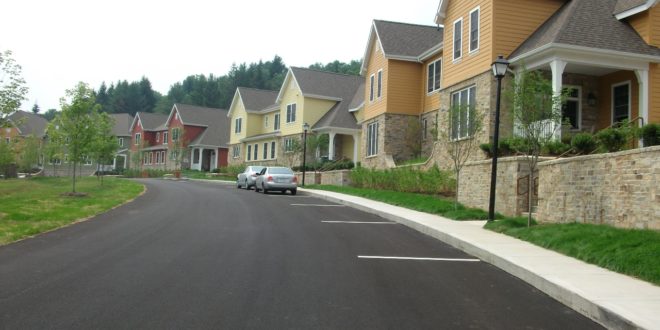A recent research by the Cambridge Centre for Housing and Planning shows that the number of extended families sharing a home has been on the rise. The Office for National Statistics supports the claim with figures: from 2001 to 2013, the number of households with three generations living together had risen from 325,000 to 419,000.
The most common reason behind this decision is an adult child moving back after a job loss, or elderly parents moving in with an adult child. Having multiple generations under one roof can be rewarding, but requires a house with the capacity to cater to a range of lifestyle demands. Here are a few considerations to keep in mind when hunting for a multi-generational home.
Assess your family needs
The more people live under the same roof, the more you have to include them in the decision making about the choice of the multi-generational home. As a family, you need to consider whether this arrangement is temporary or permanent. If it’s temporary, you should weigh whether it’s more reasonable to buy a new home or have your property modified. Perhaps an elderly member needs a ramp instead of the front stairs, or your driveway needs to be expanded to accommodate more cars. You need to decide whether you’ll have separate kitchens and whether you like to eat together regularly. Then, there’s the question of the budget, as you need to assess how much every adult member can contribute to purchasing a new home or necessary renovations.
Choose the location
While the location is always a huge consideration, it’s even more important when you’re combining generations. If senior family members are unable to drive but like to spend time outdoors, look for a property close to amenities that can be accessed independently, within a walking distance. Other points of interest, in this case, include public transport lines, access to parks, walking paths, or a community centre. On the other hand, if an elderly family member needs regular care, buying a home near the hospital or medical provider makes more sense than enduring long commutes for treatments.
Find a suitable home
When you put your preferences on paper, you should communicate the home details with your buyer’s agent. The more they know, the better they can filter the available properties and find one that perfectly suits your whole family. You should give advantage to homes with a versatile design. Unlike customised rooms, multifunctional spaces allow for greater flexibility to accommodate the needs of every family member.
Still, going for a larger house isn’t the only option. As an alternative, consider buying a duplex, which has two units divided by a common central wall, or even two houses built on the same lot. In either case, your buyer’s agent is a valuable asset. Not only these professionals have a broad understanding of the market and available properties, but they can advise you on how to make the best offer and negotiate the price.
Benefits of multi-generational new builds
Multi-generational properties come in different styles and sizes, so you should start with defining your wishes and measuring them along with your family’s wants, needs, as well as the budget. Once you understand your unique family situation, you’ll be able to find a multi-generational property to make your home. On the other hand, when custom building a home, you can create a house plan that perfectly suits your family’s needs.
For example, instead of one master suite, you can have two or even three master suites. Since a multi-generational home should strike the right balance between private and communal spaces, a custom-built home allows you greater freedom in designing these spaces. A home built from scratch can include a sufficient number of personal bedrooms, as well as open floor spaces, and other must-have features.
Consider a renovation
In some cases, renovating is the most cost-effective way to create a multi-generational living space. You could either upgrade your current home or buy a new home that is suitable for expansion. Before you consider either option, you should see if the local zoning laws and homeowner’s association permit renovating the property in the way you’ve planned. If you’re looking to renovate the existing home, your contractor can help with the regulations, while if you’re buying with the intent of expanding, discuss the idea with your buyer’s agent first.
Keeping a big happy family under the same roof has its ups and downs, but if everyone communicates their thoughts throughout the entire process, you can avoid a multi-generational gap and conflicts resulting from the lack of privacy or impractical arrangements. Whether you’re looking for a detached house with an in-law suite or a duplex with separate entrances, make sure your buyer’s agent is heavy on information, and you will be satisfied with the result.
 Homeowners Club If you are one of the 15 million homeowners in the UK, the free to join online Homeowners Club is for you.
Homeowners Club If you are one of the 15 million homeowners in the UK, the free to join online Homeowners Club is for you.







